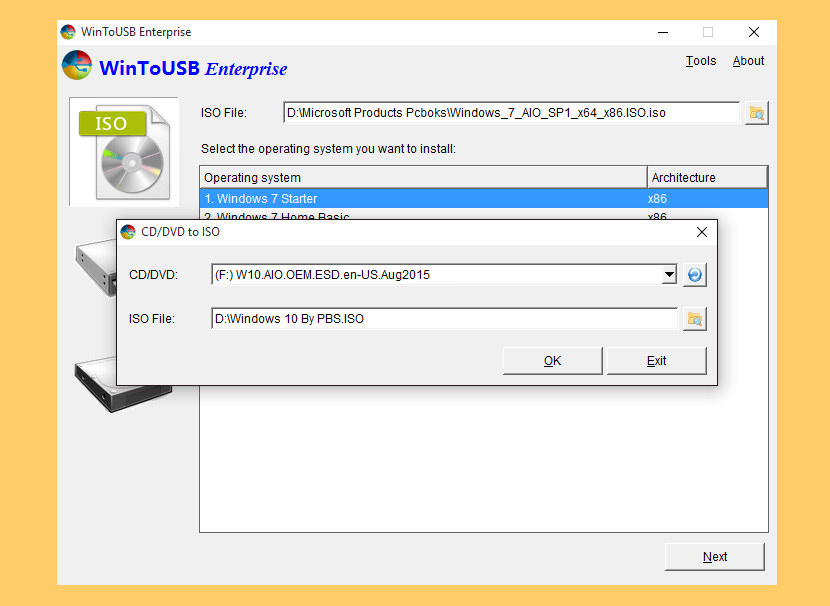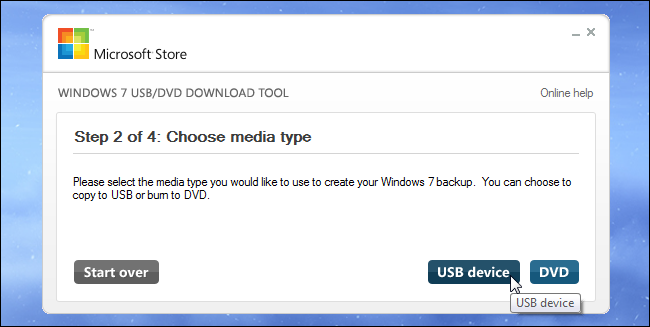
:max_bytes(150000):strip_icc()/Windows10selectdrivetoformat-2754be0017c541ddb702643a0c2a1000.jpg)
The Ubuntu default download location is normally to the user's Downloads folder, but the ISO may also appear on the Desktop or another location defined by the user. Links to installation help and alternative download sites are accessible from that page as well.

Ubuntu CD/DVDs can be downloaded from the official Ubuntu site: Ubuntu Download page. There are also Server versions, as well as an Alternate CD version for users having special requirements or using RAID and/or LVM. The 32-bit version (-i386) will run on a 64-bit computer, but a 64-bit version (-amd64) will not run on a 32-bit computer. The Desktop version is available in 32-bit and 64-bit versions. The user should decide beforehand which ISO to download. Install Ubuntu directly from an ISO file via the GRUB 2 menuĪdditionally, examples of GRUB 2 menuentries for other operating system and utility CDs are provided on the Grub2/ISOBoot/Examples page.

Create a GRUB 2 menuentry for running the ISO directly from a file.

GRUB Legacy can not use this feature.Īll GRUB references on this page refer to GRUB 2 (version 1.97 or later) unless otherwise noted. In order to use this feature, GRUB 2 must already be installed on the system. In addition to Ubuntu ISOs, many other Linux distributions as well as popular rescue CDs can be booted directly from an ISO file. This feature permits the user to boot and use the "Try Ubuntu" feature of the Ubuntu installation CD as well as to install Ubuntu directly from an ISO on the hard drive. Ubuntu ISOs are designed to allow booting directly from the hard drive using GRUB 2 and eliminates the need for burning a CD/DVD. Installing Ubuntu from a Menuentry Boot.Separate boot drive using ISO boot alias grub-n-iso from template.Make a USB pendrive that can boot (almost) all PCs.


 0 kommentar(er)
0 kommentar(er)
